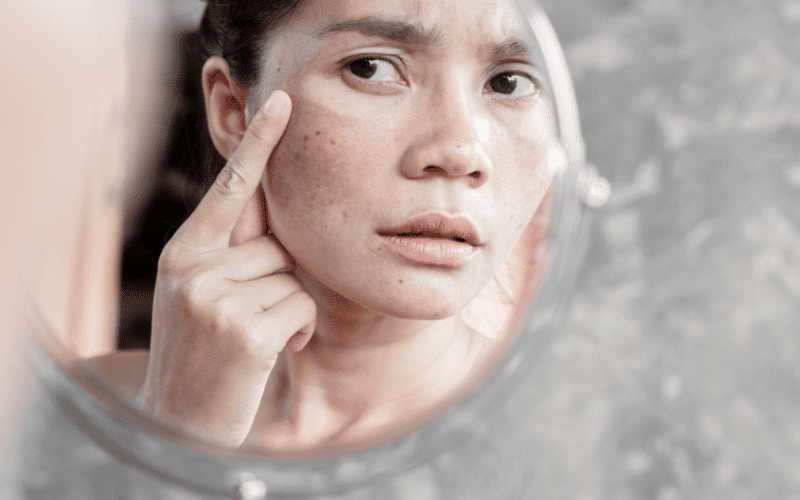Symptom 4. Hyperpigmentation and Hypopigmentation: The Skin Color Dilemma

Another significant symptom of discoid lupus erythematosus is changes in skin color, specifically, hyperpigmentation and hypopigmentation. In simple terms, hyperpigmentation refers to the darkening of skin areas, while hypopigmentation refers to the lightening.
In discoid lupus erythematosus, these changes often occur in areas affected by disc-shaped lesions. After the inflammation subsides, the skin can undergo color changes. Some areas may darken due to an increase in melanin production, a process called hyperpigmentation. On the other hand, some areas may lighten, exhibiting hypopigmentation.
Like hair loss, these skin color changes can have a significant psychological impact. They serve as visual reminders of the disease, marking the skin long after active lesions have healed. For many, this can lead to feelings of self-consciousness, affecting overall self-esteem.
Despite these challenges, understanding these symptoms can lead to more effective management strategies. Recognizing hyperpigmentation and hypopigmentation as part of discoid lupus erythematosus can prompt individuals to seek expert dermatological advice. Skin color changes, while challenging, are manageable, and various treatment options can help restore skin health and confidence. (4)